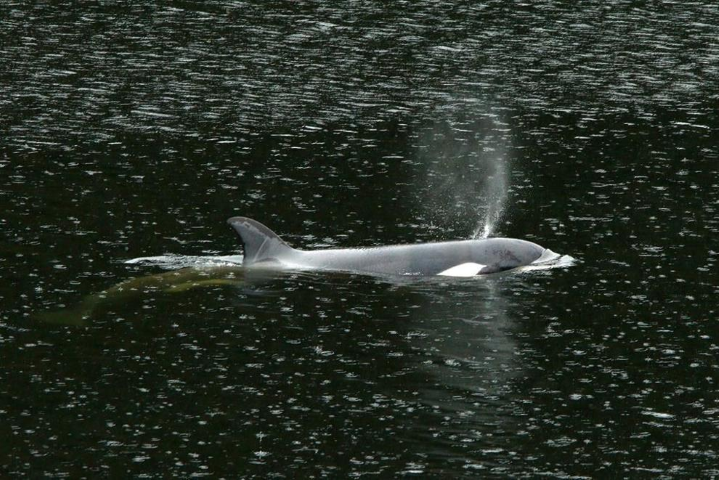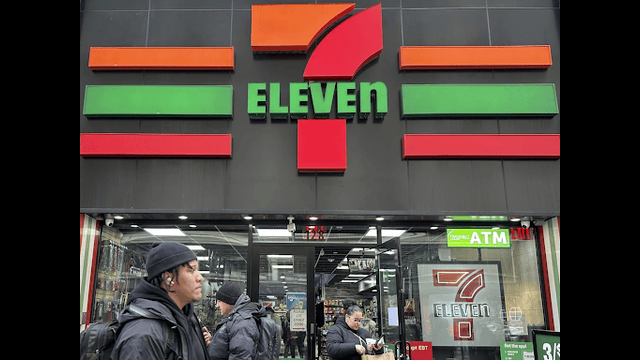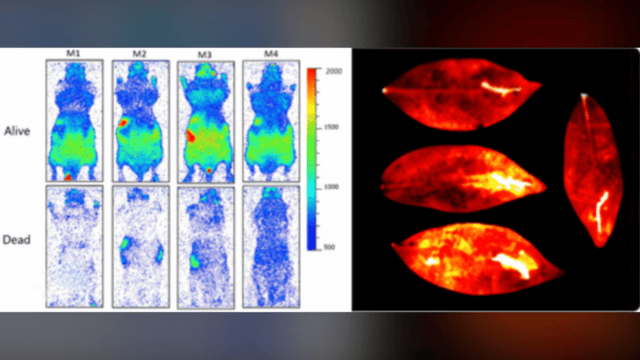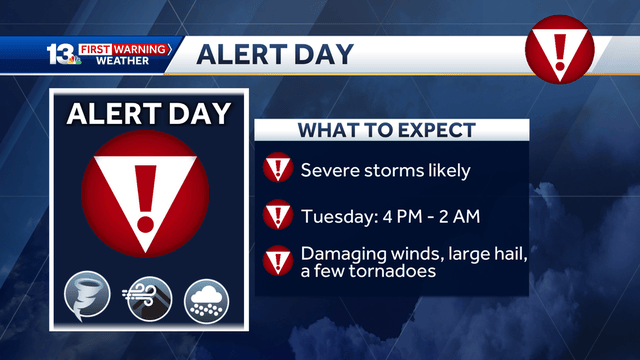
An orphaned two-year-old female orca calf continues to live and swim in a lagoon near Zeballos, B.C., on Thursday, April 11, 2024. THE CANADIAN PRESS
In a secluded lagoon in Zeballos, British Columbia, a young orca calf has outsmarted a substantial rescue team's efforts to aid her. Despite employing a variety of resources, including boats, divers, nets, and advanced underwater detection tools, the team's attempts were unsuccessful. After this setback, rescue officials are exploring alternative methods to capture and relocate the two-year-old female orca.
Paul Cottrell, the marine mammal coordinator at the Fisheries Department, acknowledged the intelligence of the calf and the need for a different approach. While the initial plan involved using nets to corral the orca into a fabric sling in shallow waters, rescuers are now considering capturing her in the lagoon's deeper areas. Chief Simon John of the Ehattesaht First Nation suggested employing a purse seine net, necessitating a larger vessel due to the calf's reluctance to leave the area following her mother's recent death.
Despite the potential risks involved in using nets, Cottrell stressed the importance of exploring all options to ensure the safety of both the calf and the rescuers. Despite efforts to guide the calf into shallow waters for capture, she remained elusive, displaying adaptability in evading the team's efforts.
Named "kwiisahi?is," or Brave Little Hunter, by the Ehattesaht First Nation, the calf's tragic circumstances began when her mother became stranded and died on a rocky beach. While initial plans involved holding her in an ocean net pen, authorities now intend to release her directly into open water, where she is more likely to encounter her family pod.
Cottrell expressed hope that once freed, the calf would reunite with her family of Bigg's killer whales. Despite the challenges she faces, veterinarian Martin Haulena assured that she was in stable health, capable of diving for several minutes in the lagoon's depths.
Following the calf's refusal to be moved, rescue officials halted their efforts, recognizing the need to reconsider their approach. They emphasized the calf's intelligence and adaptability, indicating a willingness to try new strategies in the future.
The rescue attempt commenced at 5 a.m. on Friday, prompted by favorable weather conditions after days of heavy rain. Despite previous unsuccessful attempts to persuade the calf to leave through a shallow channel, rescuers remain committed to ensuring her well-being and eventual reunion with her family.















